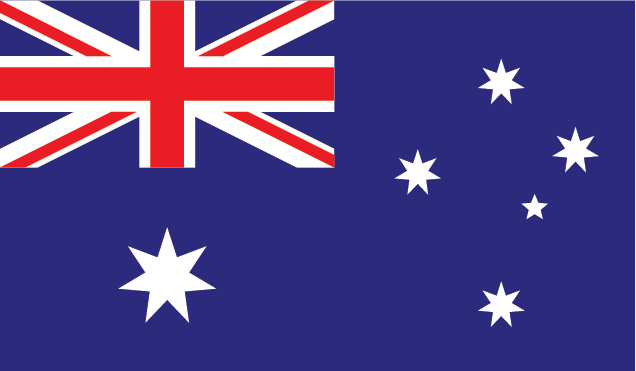End of the Line Closure of the Gembrook railway
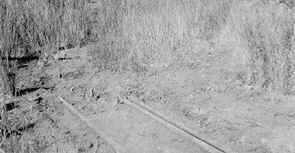
From the early 1930’s, the Gembrook railway earned a reputation for being a financial liability on the Victorian Railways. The steep grades on the line limited the amount of goods that could be transported and the change of gauge at Upper Ferntree Gully added extra expense as goods had to be transhipped manually to broad gauge wagons. It was claimed around 1930 that it cost more per train-mile to carry an average 60 tons per trip than it did for the Melbourne – Sydney Express to carry 360 tons per trip. A Victorian Railways bus service competed for passengers on its own railway and trucks on improved roads competed for the goods. So it was in a climate that the railway lost £13,000 ($26,000) for the financial year 1952/53 that Puffing Billy’s days were numbered. The photo on the right is of the landslide that closed the line in 1954.
Interest in saving Puffing Billy was latent with a number of local people, but it took the closure of the line due to a landslide at the Water Tanks between Selby and Menzies Creek in August 1953 and the subsequent decision to close the line on April 28 1954 to crystallise a movement which became the Puffing Billy Preservation Society.
Puffing Billy’s ‘Farewell’
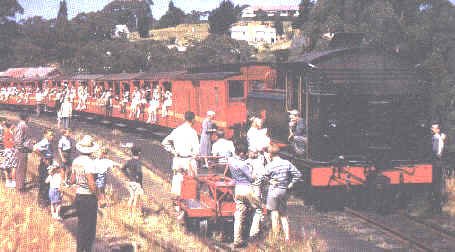
At the end of 1954, the railways desired a scheme to minimise their financial risks if the train was to run indefinitely. Harold L. Hewett, a teacher at Melbourne Grammar School, was the driving force behind a small group of people who organised a rally attended by 400 people at Upper Ferntree Gully station on January 4, 1955 to try to save the train. After further negotiation, the railways commissioners agreed to reopen the line between Upper Ferntree Gully and Belgrave for a trial period of 3 months provided a sum of £1,750 was put up as a guarantee against operating losses. This was duly raised and the first run under the new agreement took place on April 9, 1955. 10,000 passengers were carried on the first 2 months of the trial period.
Continued interest in operating the line beyond the trial prompted a meeting of interested parties on June 8, 1955 in the Independent Church Hall, Melbourne. On this day the Puffing Billy Preservation Society was formed to assist in the operation of the train. 45 members joined that night and Harold Hewett was elected President. The success of the experiment led to an indefinite extension of operations, with the PBPS assisting the VR in many ways to keep the train running.
Closure and Electrification to Belgrave
In September 1957, the VR announced that Puffing Billy would cease operating between Upper Ferntree Gully and Belgrave early in 1958 to enable conversion of this section into an extension of the electrified suburban train system. The Puffing Billy Preservation Society, having passed its first major test was now faced with operating the train from Belgrave toward Gembrook. After the last train ran on Sunday February 23, 1958, the PBPS steeled itself to build a new station at Belgrave and to bypass the landslide that originally closed the line in 1954.
Puffing Billy is Reopened and Extended
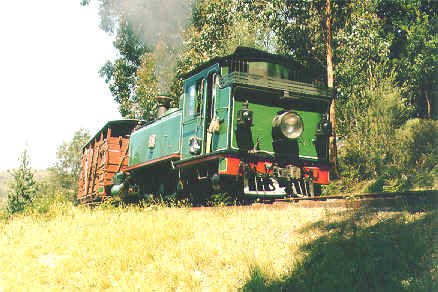
The landslide was bypassed in 1959 by the Citizen Military Force as a training exercise, but everything else had to operate on a shoestring budget as all work had to be financed by the Society. Four years of extremely hard work paid off when it was announced that the official re-opening of the line between Belgrave and Menzies Creek would take place on Saturday July 28, 1962. Successful operation of this new section of railway culminated in the 100,000th passenger being carried only ten months from the reopening.
Three years later, on July 31, 1965, the first train steamed into Emerald, marking the reopening of the Menzies Creek-Emerald section. Again a pause, before the line was extended to Lakeside on October 18, 1975. The line was finally completely reopened to Gembrook on 18 October 1998. All this work would have been impossible if it were not for the continuous input from many volunteers, both as train staff, coordinators and track workers.
Photo: 7A on a heritage mixed train in the 90’s (Craig Potter)
The Emerald Tourist Railway Board is Established
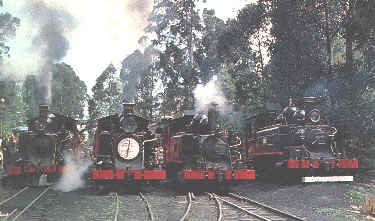
In 1977 the railway was operating successfully to the new terminus and the degree of professionalism achieved by the Puffing Billy Preservation Society in running the train was recognised by the State Government with the creation of the Emerald Tourist Railway Board by Act of Parliament on 1 October 1977. On that day the last narrow gauge train operated by the Victorian Railways ran, hauled by 12A and 14A, followed by the first ETRB train.
Photo: On Inauguration day, 1/10/77, 7A, 14A, 12A and 6A line up at Belgrave. (PBPS)
Development and Consolidation
Since the formation of the ETRB, further development has occurred, making the railway more attractive to its customers and easier to operate. In 1981 a new, level, station area was provided at Belgrave. Locomotive 8A was rescued from a park and restored to traffic in 1982. The Nobelius Siding Packing Shed, long an eyesore, was restored in 1983 to provide a much needed and valuable dining facility. A 1920’s style Belgrave station building with 1990’s accommodation for Board staff and a new large Refreshment Room was built in 1991. Four NA locomotives were completely rebuilt by the Board by the early 1990’s, Now 5 of the 6 surviving NA locomotives will be in running condition. The track was completely re-laid with sleeper plates providing a much smoother ride with less wear and tear on the rolling stock. A special locomotive, the Climax, is being completely restored by volunteers adding more variety to the Puffing Billy experience.
The railway is now a professionally run organisation which shows great credit to the members, volunteers and paid staff that operate it. It is a major tourist attraction and is on the route of many worldwide tourist organisations. Over five million passengers have now been carried.
What is the Future?
Many exciting developments in Puffing Billy’s restoration lie ahead. The return of the train to its original terminus at Gembrook which includes rebuilding four trestle bridges, is completed the first through train since 1953 ran on 17 October, 1998. The Garratt locomotive G42 which last ran at Colac in 1962 is now fully restored and commenced regular running on Saturday 17th April 2004. More locomotives with the restoration of 3A will reduce the wear and tear on the existing fleet. New Puffing Billy travel products have been developed and introduced to augment the traditional excursion trains. The popular children’s engine “Thomas” the Tank Engine also makes appearances at Puffing Billy’s Gembrook station.
Puffing Billy has an exciting future but must guard against complacency. The best way to help us achieve this is to become a Puffing Billy Preservation Society Member or Volunteer.
